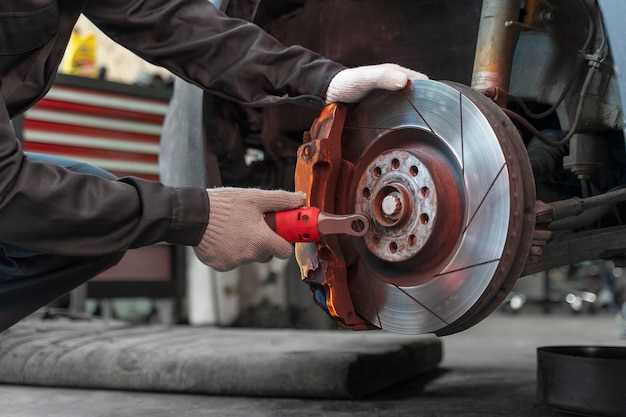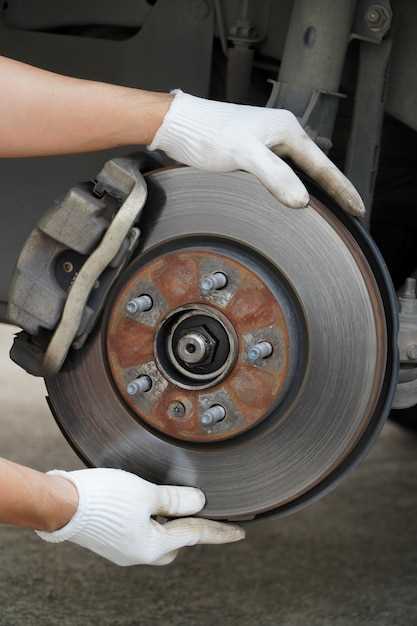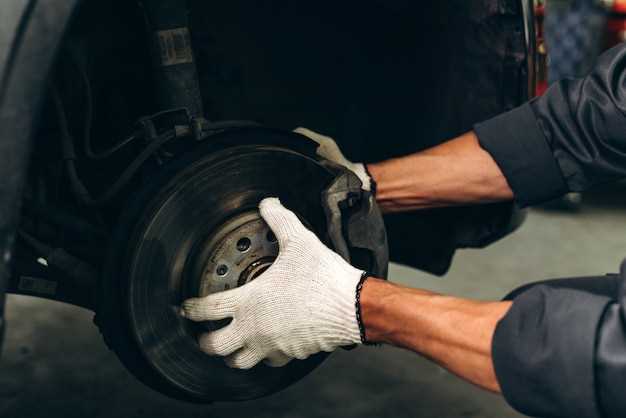
Regular vehicle maintenance is crucial for ensuring safety and performance on the road. One of the most critical components of your car’s braking system is the brake rotors and pads. Over time, these parts experience wear and tear, which can significantly impact your vehicle’s stopping power. Identifying the signs that indicate it’s time to replace these components is essential for maintaining optimal braking efficiency.
Brake rotors and pads work in tandem to create the friction needed to slow down or stop your vehicle. As they undergo repeated use, they can become worn down, leading to various symptoms that signal the need for replacement. Recognizing these early warning signs can help drivers avoid more costly repairs and ensure their safety while driving.
This article will explore the key indicators that it’s time to change your brake rotors and pads, helping you keep your vehicle’s braking system in top condition. Being vigilant about these signs not only enhances your safety but also prolongs the lifespan of your car’s braking system.
Identifying Unusual Noises When Braking

Unusual noises when braking are often the first sign that your brake pads or rotors may need attention. If you hear a high-pitched squeal, it could indicate that your brake pads are worn down and the metal backing is making contact with the rotor. This sound serves as a warning to replace the pads before further damage occurs.
A grinding noise can signify more serious wear. This occurs when the brake pads have worn completely down, leading to metal-on-metal contact between the rotor and caliper. Continuing to drive in this condition can lead to costly rotor damage and reduced braking efficiency.
If you hear a rattling or clunking sound, it may indicate that the brake components are loose or that the pads are shifting within the caliper. This can compromise brake performance and requires immediate inspection.
Understanding these sounds can help you identify wear and act promptly, ensuring your braking system remains functional and safe. Regular checks and maintenance can prevent unusual noises and enhance your vehicle’s overall performance.
Understanding Pad Wear Indicators and Their Meaning
Brake pad wear indicators are essential components designed to alert drivers when brake pads are nearing the end of their service life. Most modern vehicles are equipped with these indicators, which can take the form of a small metal tab or an electronic sensor. The primary function of these indicators is to provide an audible or visual warning to help ensure safe braking performance.
When brake pads wear down to a certain threshold, the metal tab of the wear indicator makes contact with the brake rotor, producing a high-pitched squealing noise. This sound serves as an immediate signal for drivers to inspect their braking system. Ignoring this warning can lead to further wear of the rotors, resulting in more costly repairs and decreased braking efficiency.
For vehicles equipped with electronic sensors, a dashboard warning light may illuminate when the brake pads reach a critical wear level. This system enhances safety by providing a clear indication that maintenance is required. Regular checks of both the pads and rotors are crucial, as neglecting the wear indicators can compromise stopping power and overall vehicle control.
Understanding these wear indicators is vital for a seamless driving experience. Staying aware of the condition of brake pads not only ensures that your vehicle functions properly but also enhances safety on the road. Replacing worn pads and damaged rotors promptly can prevent more serious issues in the braking system, extending the life of your vehicle’s components.
Recognizing Symptoms of Warped Brake Rotors

Warped brake rotors can significantly impact vehicle safety and performance. One of the primary symptoms of warped rotors is a vibration felt in the steering wheel during braking. This shaking tends to become more pronounced at higher speeds and can indicate that the rotors are unevenly worn.
Another telltale sign is unusual noises when applying brakes. Grinding, squeaking, or squealing sounds may suggest that the brake pad is making contact with a warped surface rather than a flat rotor, leading to inefficient braking and potential damage to the brake pads.
Drivers may also observe increased stopping distance. If the vehicle requires more time to come to a complete stop, it may be due to compromised rotor performance caused by warping. This delay can be concerning, especially in emergency situations where immediate stopping power is crucial.
Visually inspecting the rotors can also provide insight. Look for uneven surfaces, grooves, or any discoloration. If the brake pad shows significant wear alongside these rotor irregularities, replacement of both components is often necessary to restore optimal braking performance.
Inconsistent pedal feel is another symptom to watch for. If the brake pedal feels spongy or pushes back unexpectedly, it could indicate that the brake pads are not making consistent contact with warped rotors, compromising the overall braking system.
